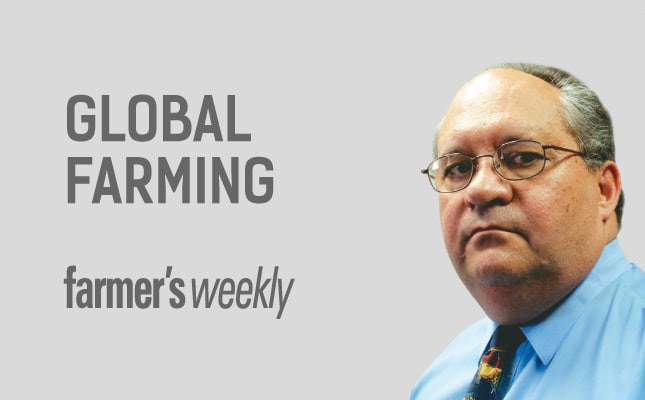
The 2007/2008 global recession affected South Africa, but not as badly as other countries. This was mainly thanks to restrictive banking regulations that did not allow SA banks to indulge in the excesses that banks in other countries did. As a result, South Africa’s annual growth recovered to 3,1% in 2010 and 3,6% the following year. Beginning in mid-2012, economic growth slowed down as infrastructure problems and strikes began to take their toll. Slower global economic growth also played a role.
READ:No trust, no credit, no growth!
The first three quarters of 2014 were disappointing, with -0,6%, 0,5% and 1,4% growth. Most economists agree that the rand will weaken further in 2015. A range of R9,60 to R11,50 was given by economists surveyed by Reuters. Despite a weaker rand providing better prices for exporters, there is little indication that manufacturers are increasing production. Ongoing infrastructure problems, especially the difficulties at Eskom, will limit production growth in 2015.
Labour unrest will again play a role and competition between the various trade unions may see still higher wage claims in 2015. On the other hand, global economic recovery and higher export prices as a result of the weaker rand may result in improved growth in 2015. The latest consensus estimate by economists posits a range of between 1,7% and 3,5% for GDP growth in 2015, with an average of 2,46%.
Better conditions
Improved economic growth will have a positive effect on private consumption expenditure. However, lower consumer debt and higher per capita disposable income have not yet seen an increase in retail sales. The sharp rise in administered prices, changes in the consumer debt structure, with more unsecured debt, and growing expenditure on communication (airtime) will continue to limit retail sales this year.
On the positive side, the population’s income distribution continues to change, with more people entering the mainstream economy every year. Urbanisation is seeing people change from being rural subsistence farmers to urban dwellers who have to buy their own food.
Social grants contribute to consumers’ income and a large part of total grants is spent on food. Speaking at the launch of the 2015 Agricultural Outlook, head of Absa Agribusiness Ernst Janovsky said that agriculture was well-positioned to take advantage of the better conditions caused mainly by the weaker rand.
Livestock
For livestock industries, the expected low grain prices and rising product prices will create opportunities for higher profits.
- Beef: Since the end of the 2013 drought in the extensive beef producing areas, farmers have been rebuilding herds, thus reducing the supply of animals on the market. More favourable beef/feed price ratios will result in higher prices for weaner calves.
- Pork: Higher pork prices are expected as economic growth improves.
- Poultry: The sector has improved since mid-2014 and will probably continue to do so.
- Lamb/mutton: Theft, predation and higher labour demand have resulted in a decrease in the sheep population. Mutton and lamb prices will remain under upward pressure from lower supply and high demand.
Crops
A record US crop will keep international prices in check. Local prices will tend to export and not import parity levels. However, exports are growing and may result in local under-supply and higher prices, as happened last year. The actual area planted to summer grains may be lower than expected as some farmers are finding it difficult to obtain production credit due to re-insurers’ unwillingness to cover crop risks.
But the high level of production technology utilised by grain growers, as well as the large area of high-yielding irrigated maize, will result in an above-normal crop even in less than optimal conditions. Prices will thus in general remain at or near to export parity levels, with the weakening rand providing some upward pressure.
In general, then, farmers can look forward to a more prosperous 2015. However, a few key uncertainties must be taken into account. A major breakdown at Eskom is unfortunately likely. This could have a significant impact on agriculture and agro-processing industries. For the livestock industries, the uncertain supply of vaccines from government-owned Onderstepoort Biological Products remains a problem, as do the dysfunctional government animal health services. These need serious attention in 2015.
Dr Koos Coetzee is an agricultural economist at the MPO. All opinions expressed are his own and do not reflect MPO policy.




